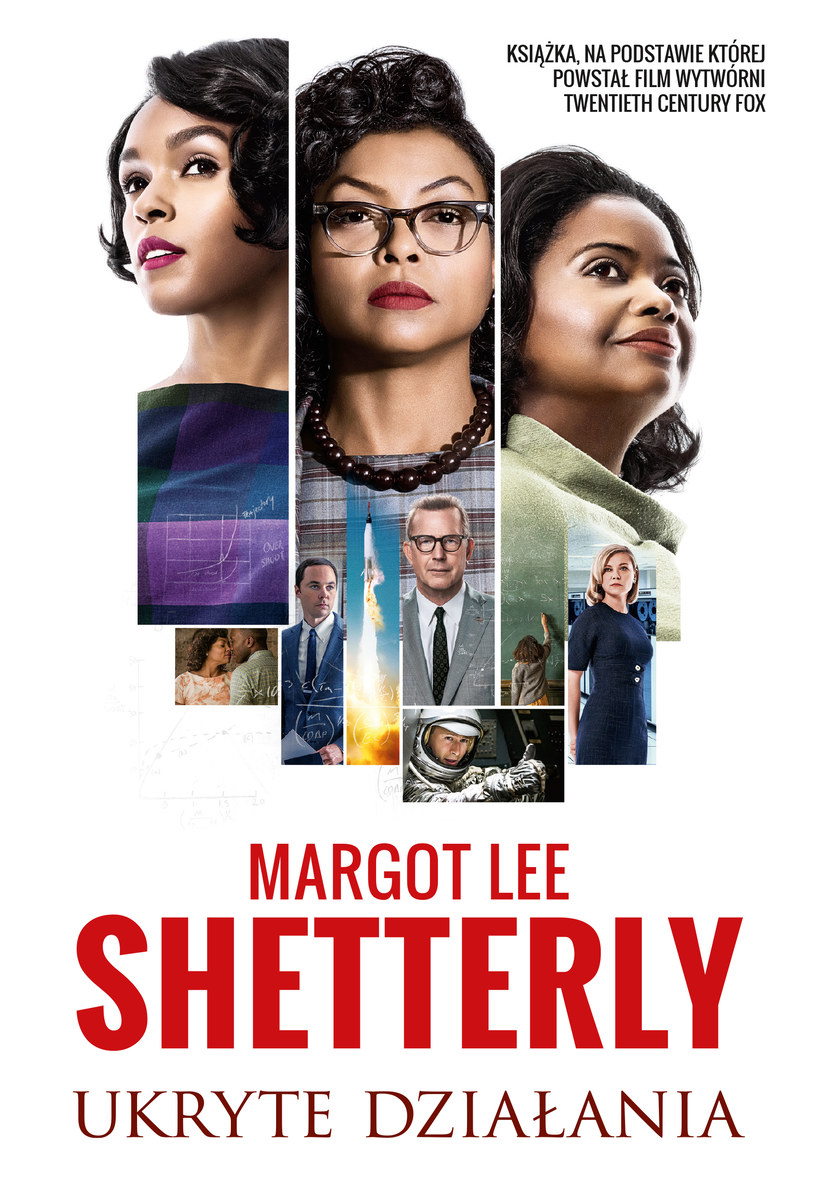
But it wasn’t until seven years ago, when her father started reminiscing about the Nasa “computers” – a term that predates laptops and PCs as we know them now, but was a job title like driver or lawyer – that Shetterly felt compelled to seek out and interview every remaining blouse and skirt-wearing “computer” who had worked at Langley in the 20th century. Her father worked at Nasa and during her childhood, she writes, she knew “that the face of science was brown like mine”. She contrasts the high-speed evolution of defense and computing technology with the slow progress of the movement for equality and civil rights, which moved haltingly in the face of. Shetterly, who like the women featured in Hidden Figures, lived in Hampton, Virginia, where Nasa’s Langley outpost is now stationed, knew their story almost all her life. Hidden Figures traces a part of that history, which Shetterly calls Aeronautics’ evolution from a wobbly infancy to a strapping adolescence. But the real test, the real award, came from Katherine and her family loving it.” “We’d be thrilled about the Oscars if that happened.

One of the biggest compliments to the book and the movie is that Katherine Johnson and her family were very highly complimentary,” says Shetterly. “I’m so happy with what the filmmakers did.

NEW YORK – The author of “Hidden Figures” is setting her next book around two prominent African-American households in mid-20th century Baltimore.


 0 kommentar(er)
0 kommentar(er)
